Another year of extremes… and wolves.
The headline grabbing moment of the year was late June, when we had 45°C in Carpentras (our nearest town). This was pretty hot, and made for early morning starts, and not much happening in the vineyard during the afternoons. But the season was also extremely dry, had frost, some hail – and yet ended up being a late year, due to a cool spring and a not-that-hot August.
The late-ish harvest (we finished on 16th October, it was October 5th last year), under good conditions, means we had a number of days when the nights were below 10°C before harvest – and that always contributes to sound biological ripeness of the crop.
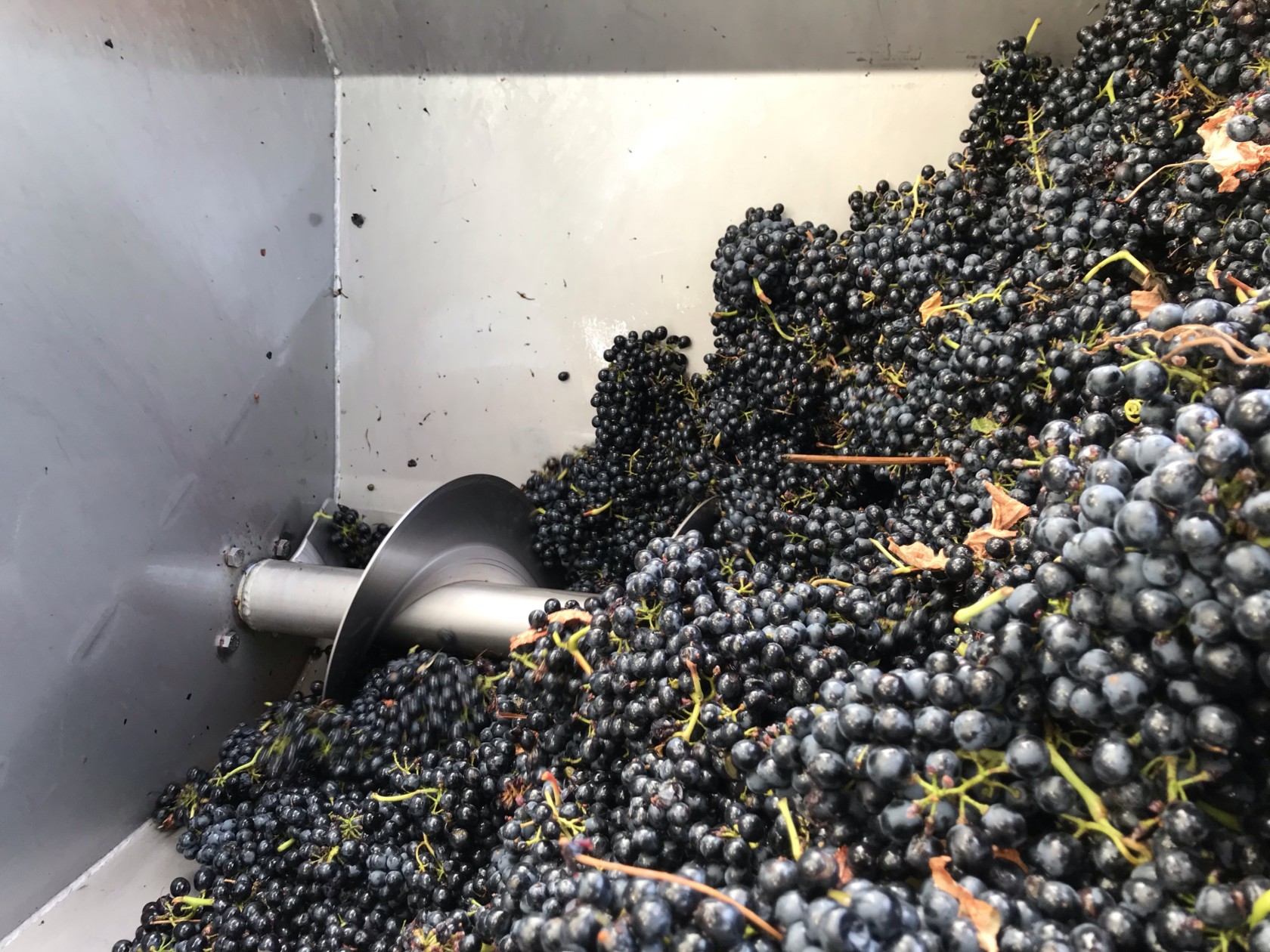
The year’s rainfall at Unang to the end of September was 255mm – this makes it the driest growing season we have seen. We tried to plant a small parcel in March but the ground was too hard and we had to postpone. More generally, this meant that many producers were reporting very small grapes on their vines. A respected producer on the sands in Vacqueyras, which, as a soil type, retains very little of the rain that falls, told me he will now have to spend the next ten years trying to perfect irrigation on a mosaic of soil types on the sand, or he risks having no crop at all.
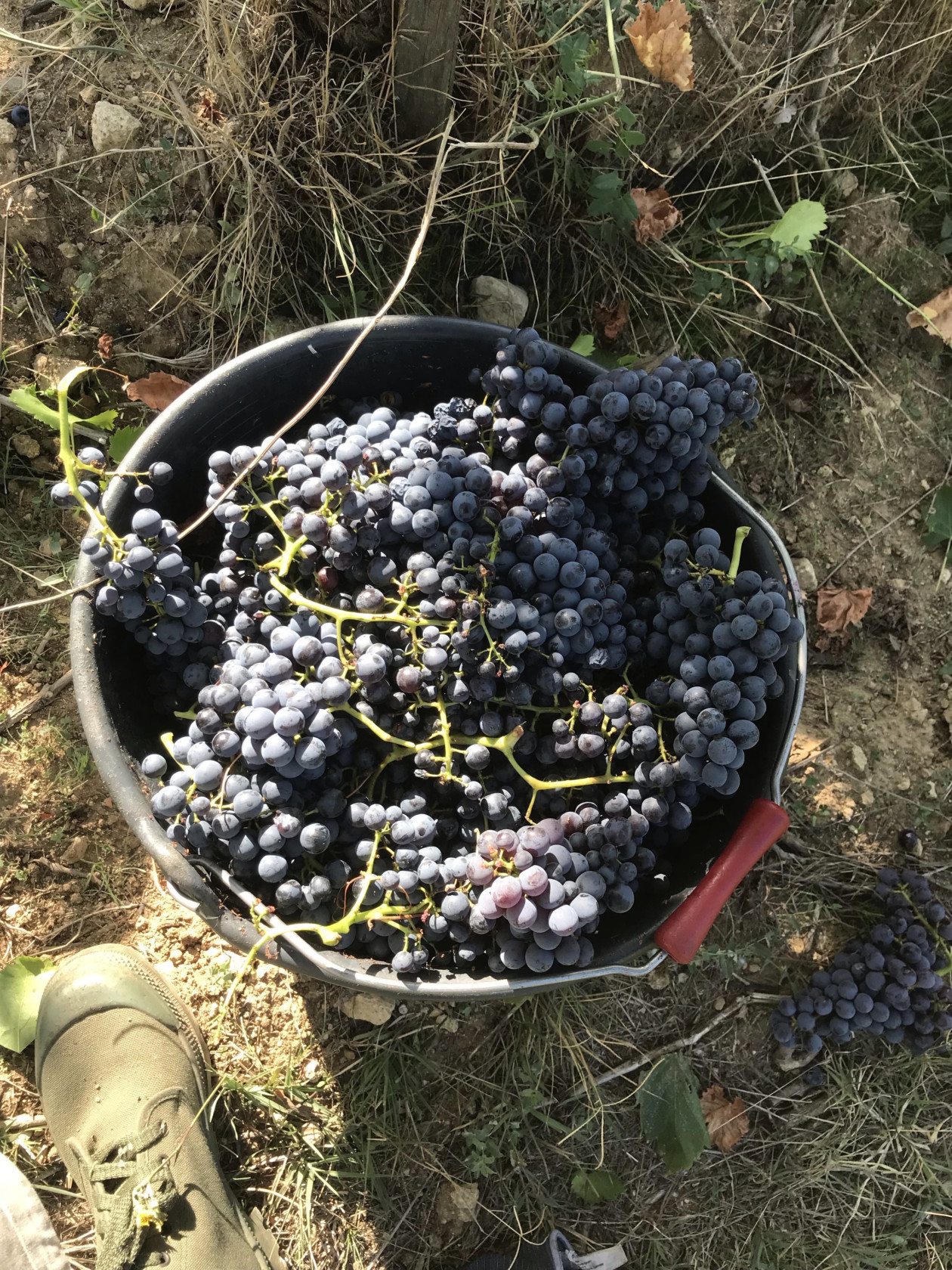
We dry-farm at Unang, but we are seeing more and more irrigation systems installed, and my feeling is that a combination of the hardware, ludicrousy cheap water and a farmer’s production mentality makes it highly likely that resulting crops will be over rather than under-irrigated.
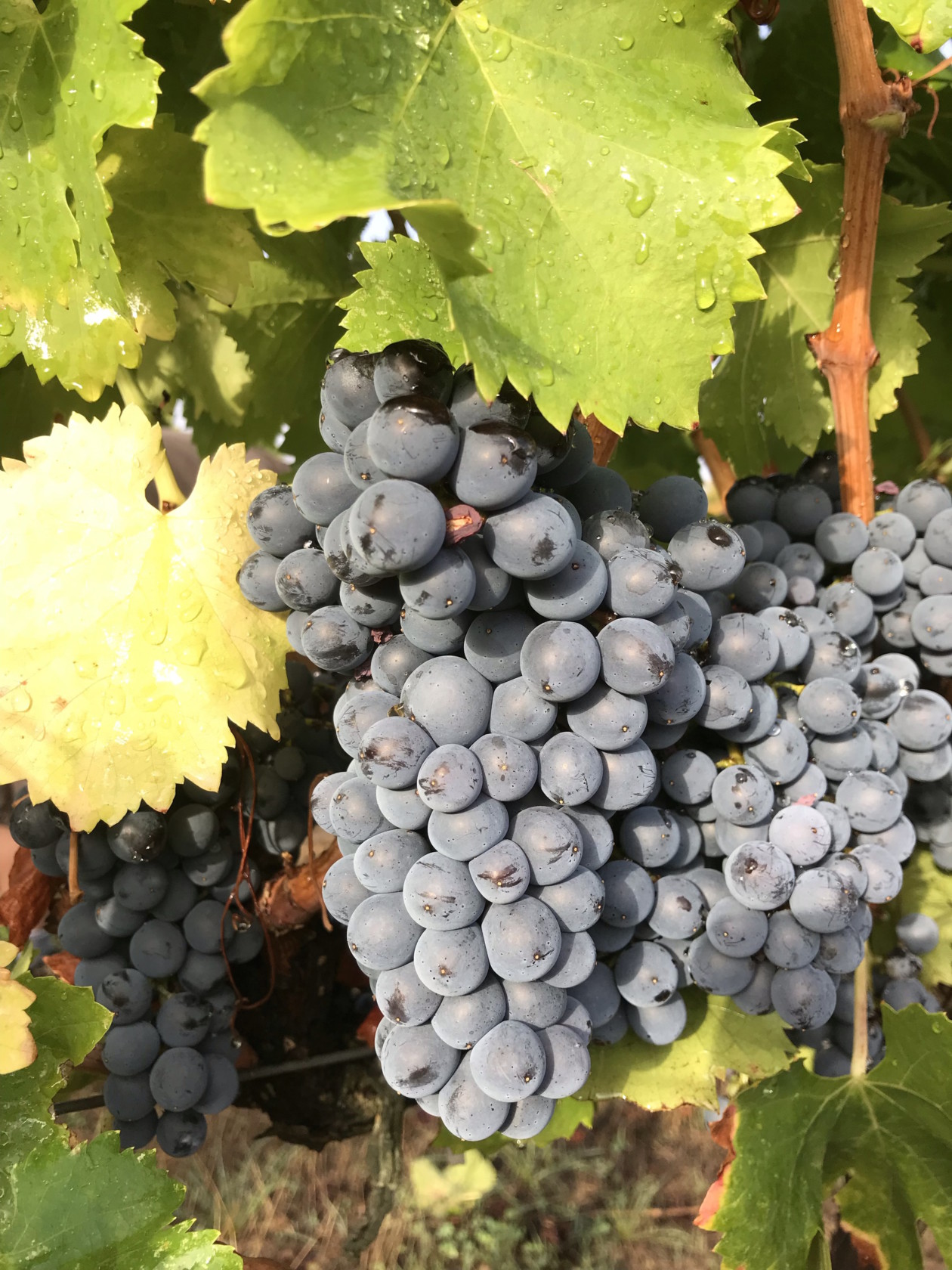
This year did though throw up the oddity of some non-local varieties in the region (e.g. Chardonnay, Merlot) being ripe earlier than usual but some local varieties (Grenache, Cinsault was the classic) being late-ripening – and in some cases not getting there at all. We picked our Cinsault towards the end of the campaign at sugar levels of 11.5 to 12.5% potential alcohol. I heard of others picking theirs at 9% as they were not moving – I imagine large yields may have hindered these.
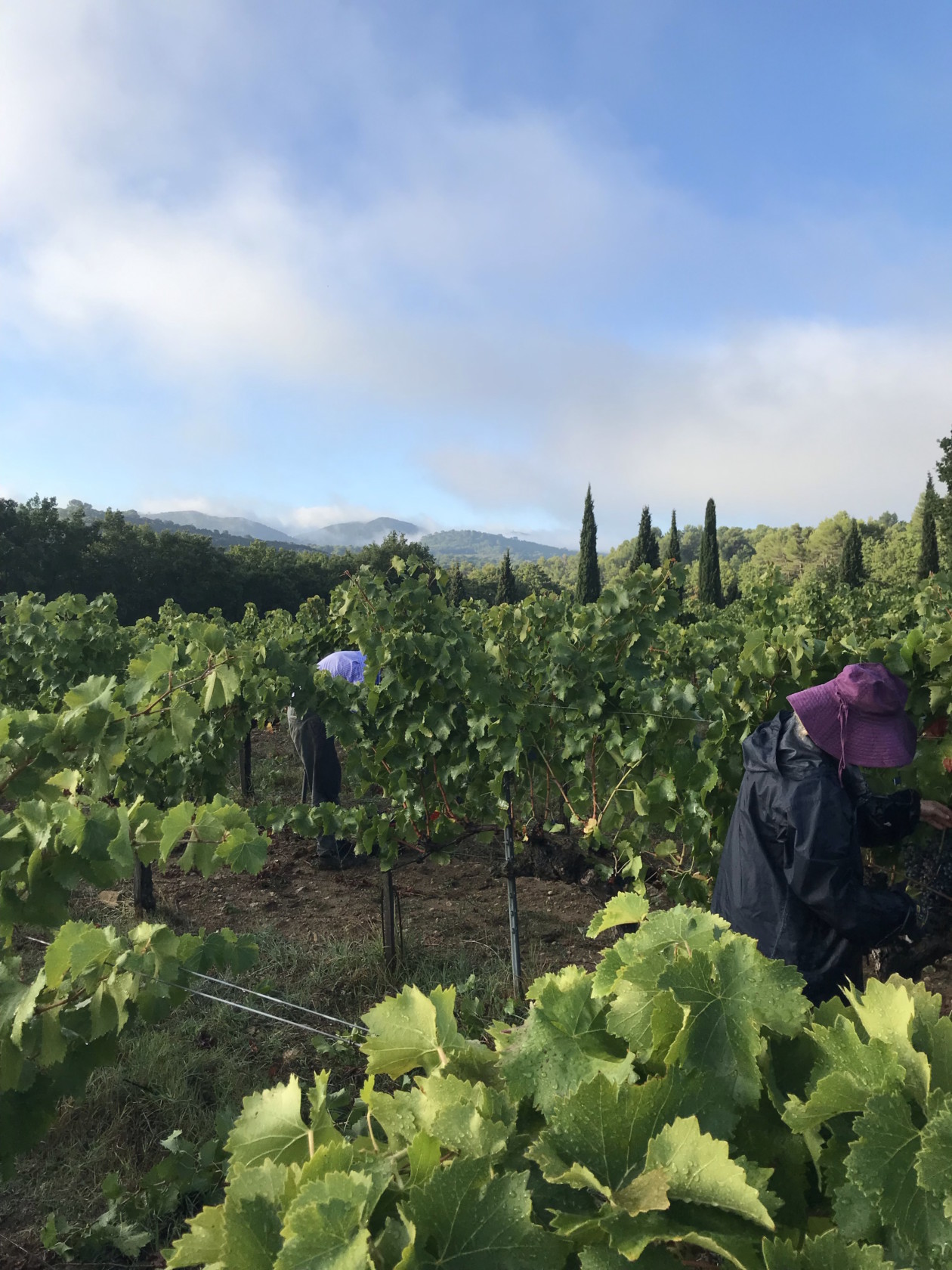
We are currently working through the last of the sugars in the tanks. This year we have one tank based on our oldest Cinsault, a first for us – it is usually blended with the Grenache. We also tried an overnight skin maceration for the Grenache Blanc for the white. So, the evolution continues. Given that we harvested later, it will be interesting to see if the secondary, malolactic fermentation starts now before the temperatures start to fall.
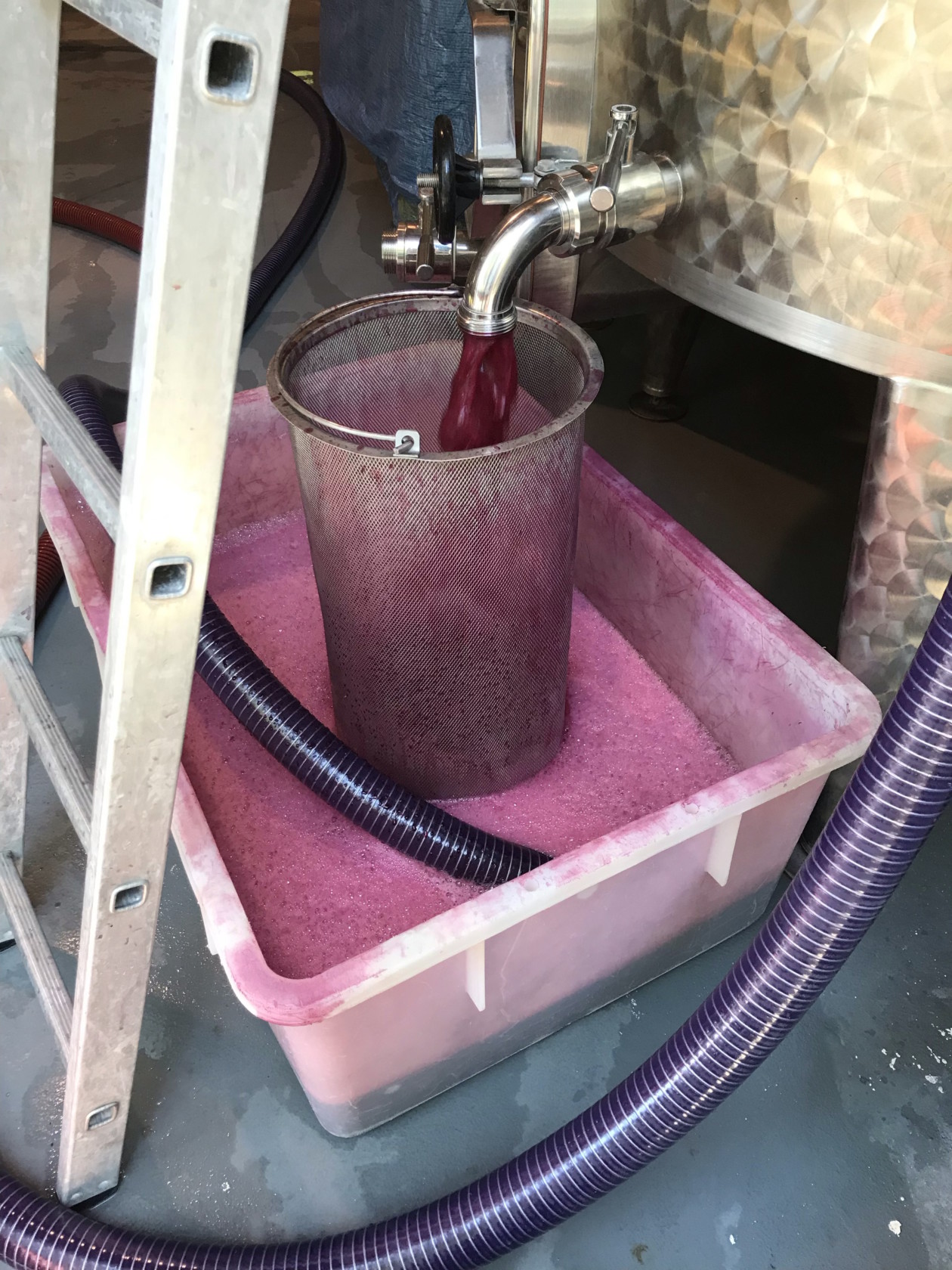
Usually, these end of season notes have me whingeing about the wild boar scoffing much of our fruit. Now that most of our electric fences are plugged into the mains they are less keen to breach our defences. Sadly, the fences in the valley (some distance from a house) are still on batteries – and there the boar made merry. So it is pleasing to learn that the boars themselves have something new to worry about. Ageing, ineffective local hunters may be hanging up their guns but a slightly more efficient apex-predator is now on the doorstep – the wolf.
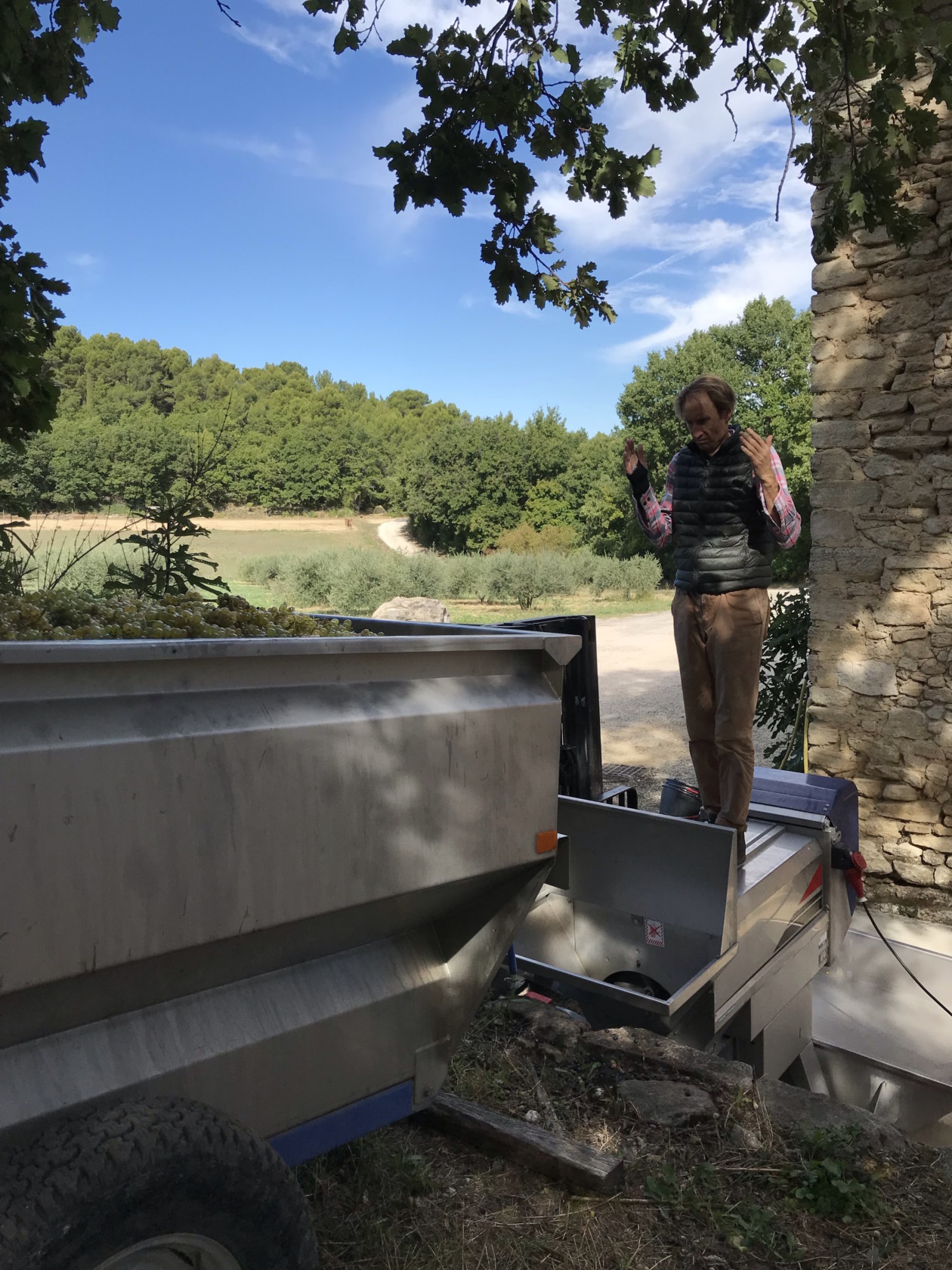
JK 22.10.19
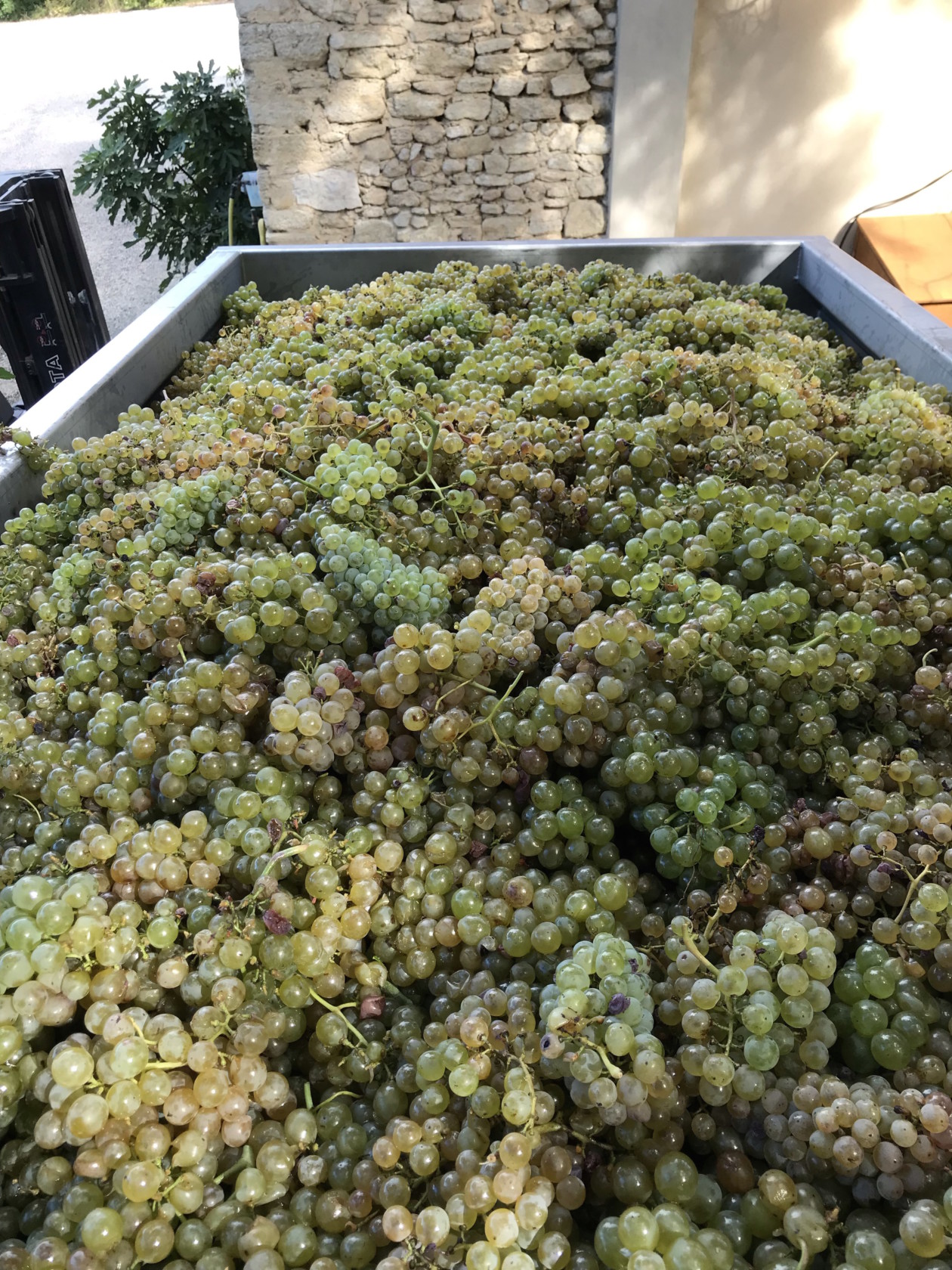
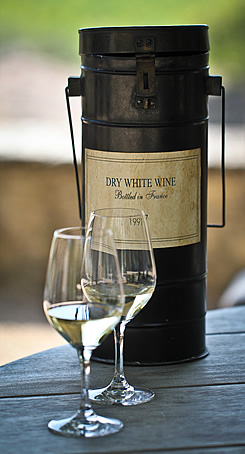
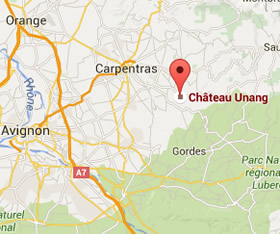
Speak Your Mind